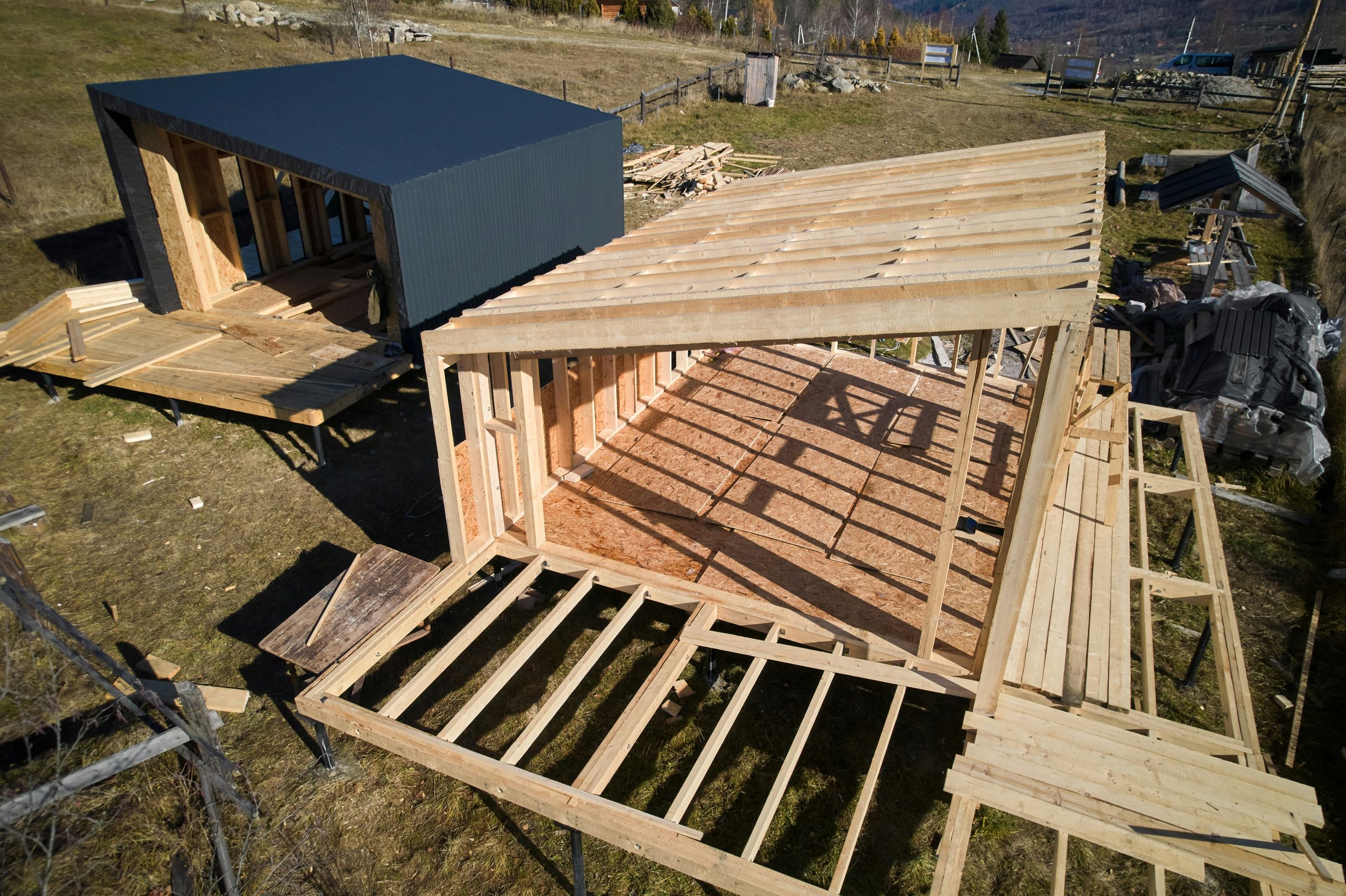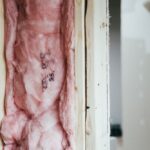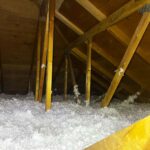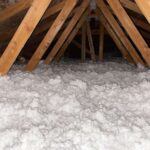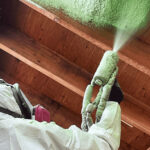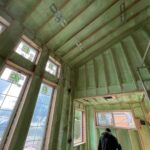Whether you’re trying to stay warm in the winter or keep the heat out in the summer, insulation plays a key role in maintaining a comfortable indoor temperature. But how does it actually work? Let’s break it down.
The Science Behind Insulation
At its core, insulation works by slowing the movement of heat. Heat naturally moves from warm areas to cooler ones. In the winter, that means warm air inside your home wants to escape to the colder outdoors.
In the summer, the hot air outside wants to make its way inside. Insulation acts as a barrier to slow down this heat transfer, helping to keep indoor temperatures more stable and reducing the amount of energy needed to heat or cool your home.
Unique Insulation Needs on Vancouver Island
Vancouver Island has a mild coastal climate, but that doesn’t mean insulation isn’t important. The region experiences damp winters with plenty of rainfall, making moisture control a key concern.
Without proper insulation, homes can develop condensation issues, leading to mould growth and structural damage. Additionally, insulation helps homes stay comfortable during the warm summer months by reducing heat transfer and keeping indoor temperatures steady.
Different Types of Heat Transfer
To understand insulation, it helps to know how heat moves:
- Conduction : Heat travels through solid materials. If you touch a hot metal pan, that’s conduction at work. Without insulation, your home’s walls and roof conduct heat, letting warmth escape in winter and seep in during summer.
- Convection: Heat moves through air or liquid. In a poorly insulated home, warm air rises and escapes through the attic, while cooler air sneaks in through cracks and gaps.
- Radiation: Heat travels in waves, like the warmth you feel from the sun. Some insulation materials are designed to reflect radiant heat, keeping it from entering or leaving your home.
Best Insulation Choices for Vancouver Island Homes
Different materials slow heat transfer in different ways.
Some of the most effective insulation types for Vancouver Island’s climate include:
- Spray foam: Expands to fill gaps and cracks, sealing air leaks while providing high thermal resistance. It also acts as a moisture barrier, which is crucial in humid coastal conditions.
- Blown-in cellulose: Made from recycled materials like shredded newspaper, this loose-fill insulation is great for attics and walls. It provides good thermal performance while also resisting mould growth.
- Fibreglass batts: A common choice for walls and ceilings, fibreglass insulation helps regulate temperature but may require vapour barriers in wetter areas.
- Rigid foam boards: Often used in basements and exterior walls, these dense panels provide insulation and moisture resistance, making them a good choice for homes prone to dampness.
Why Insulation Matters on Vancouver Island
A well-insulated home is more energy-efficient, meaning your heating and cooling systems don’t have to work as hard. That translates to lower energy bills and a reduced carbon footprint.
On Vancouver Island, insulation also plays a major role in moisture control. Since the region experiences high humidity and frequent rain, proper insulation helps prevent mould growth and structural damage caused by trapped moisture.
Final Thoughts
Understanding how insulation works makes it clear why it’s such an important part of any home, especially on Vancouver Island, where moisture control is just as important as temperature regulation.
Whether you’re upgrading your current insulation or building from scratch, choosing the right type and ensuring proper installation will make a big difference in your home’s comfort, efficiency, and longevity.
Call us today to talk more about insulating your home!


